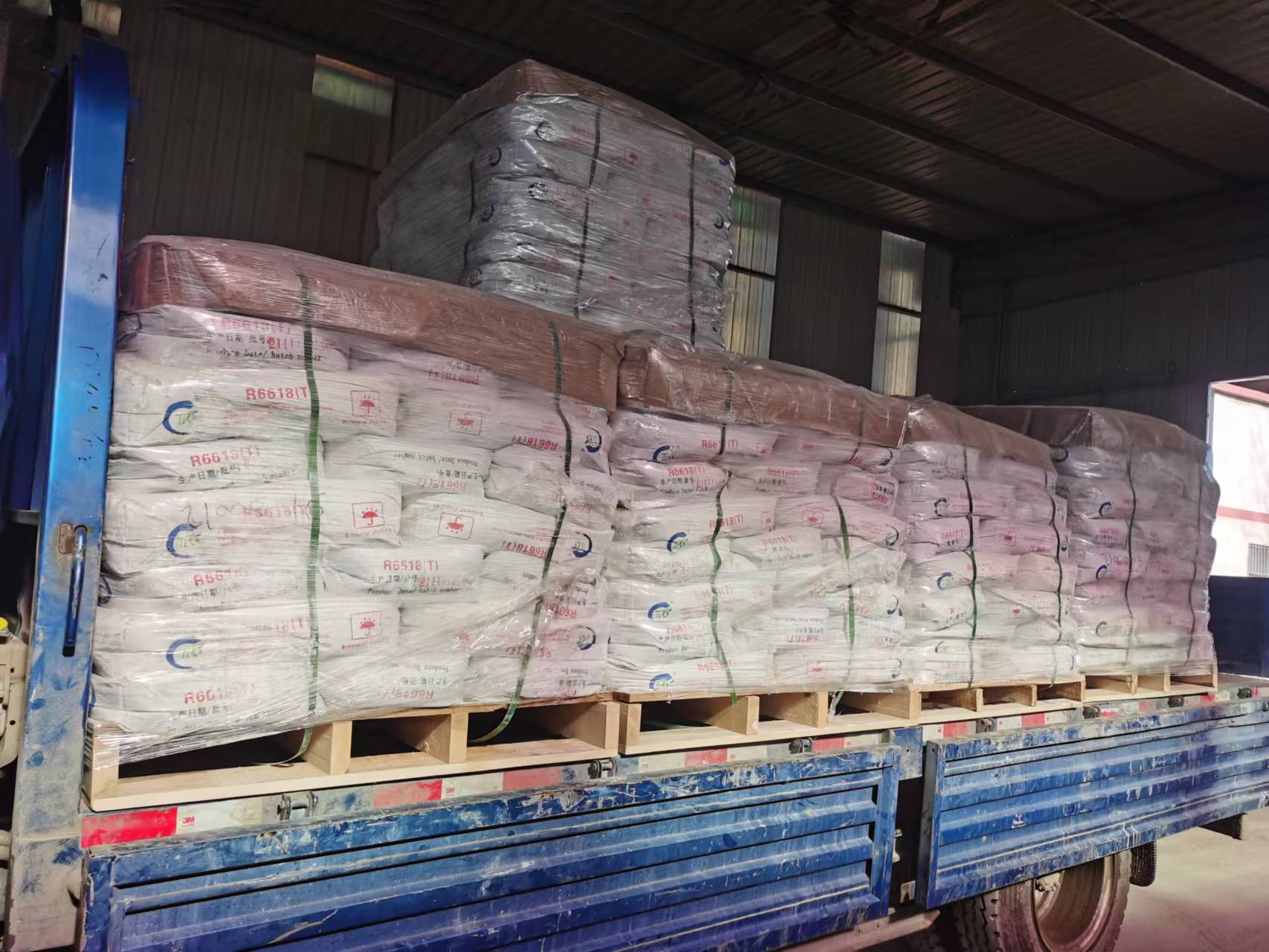
Dec . 05, 2024 14:45 Back to list
anatase tio2 titanium dioxide
Understanding Anatase TiO2 A Comprehensive Overview
Titanium dioxide (TiO2) is one of the most extensively used and studied materials in various fields, including photocatalysis, solar energy conversion, pigments, and many industrial applications. Among its three main crystal structures—anatase, rutile, and brookite—anatase TiO2 has garnered significant attention due to its unique properties and potential applications.
What is Anatase TiO2?
Anatase is one of the three natural mineral forms of titanium dioxide. Its crystal structure is tetragonal, which provides it with different optical and electronic properties compared to its counterparts, rutile and brookite. The two primary forms, anatase and rutile, exhibit different levels of stability and reactivity, with anatase being more active as a photocatalyst under UV light.
Photocatalytic Properties
One of the most exciting attributes of anatase TiO2 is its photocatalytic activity. When exposed to UV light, anatase TiO2 can generate electron-hole pairs, which can facilitate chemical reactions. This ability makes it particularly useful in applications such as environmental remediation, where it can break down organic pollutants in air and water. Moreover, its photocatalytic properties have led to innovations in self-cleaning surfaces and coatings, which utilize sunlight to degrade organic substances.
Applications in Solar Energy Conversion
Anatase TiO2 is also a crucial material in the field of solar energy, particularly in the development of dye-sensitized solar cells (DSSCs). In these cells, anatase serves as a semiconductor that can efficiently transport photogenerated electrons. The porous structure of anatase allows for the adsorption of dye molecules, which are pivotal in converting sunlight into electrical energy. The efficiency of DSSCs utilizing anatase has shown promising results, benefitting from its high electron mobility and surface area.
Nanostructured Forms of Anatase TiO2
anatase tio2 titanium dioxide

The properties of anatase TiO2 can be further enhanced by creating nanostructured forms. Nanotubes, nanoparticles, nanowires, and other morphologies of anatase TiO2 increase the surface area-to-volume ratio, which improves its photocatalytic activity and electron mobility. Researchers are continually exploring ways to synthesize these nanostructures, leveraging methods such as sol-gel synthesis, hydrothermal processes, and chemical vapor deposition. The ability to manipulate the size and shape of anatase TiO2 leads to tailored properties for specific applications.
Environmental Benefits and Challenges
The deployment of anatase TiO2 in environmental applications has the potential to contribute to a more sustainable future. Its ability to break down harmful pollutants and its use in self-cleaning technologies are just two examples of how it can be harnessed to promote environmental health. Nevertheless, challenges remain, including its degradation under continuous UV irradiation and the need for further understanding of its behavior in diverse environmental conditions.
Future Research Directions
Research into anatase TiO2 remains vibrant, with many scientists investigating its multifunctional capabilities. Future studies may focus on hybrid materials incorporating anatase with other semiconductors or carbon-based materials to enhance its performance in photovoltaic applications. Additionally, there is growing interest in exploring its use in the field of biotechnology, with potential applications in drug delivery systems and biosensors.
Moreover, sustainability concerns drive the need to develop more eco-friendly production methods to synthesize anatase TiO2 without excessive energy consumption or hazardous waste.
Conclusion
Anatase TiO2 stands out as a material with immense potential due to its exceptional photocatalytic properties and versatility in energy applications. From environmental remediation to solar energy conversion, the prospects for anatase TiO2 are vast. Continued research and innovation will undoubtedly unlock new applications and enhance the efficiency of this remarkable compound. As the world seeks sustainable solutions to modern challenges, anatase TiO2 may play a pivotal role in leading us towards a cleaner and more sustainable future.
-
China Lithopone in China Supplier – High Quality Lithopone ZnS 30% Powder for Wholesale
NewsJun.10,2025
-
Top China Titanium Dioxide Company – Premium TiO2 Powder Supplier & Manufacturer
NewsJun.10,2025
-
Fast Shipping 99% Pure TiO2 Powder CAS 13463-67-7 Bulk Wholesale
NewsJun.10,2025
-
Top China Titanium Dioxide Manufacturers High-Purity R996 & Anatase
NewsJun.10,2025
-
Lithopone MSDS Factories - Production & Quotes
NewsJun.10,2025
-
High-Quality Titanium Dioxide in Water Suppliers - China Expertise 60
NewsJun.09,2025
